Learn to harness the creative power of sleep
Use sleep to optimise your creativity.
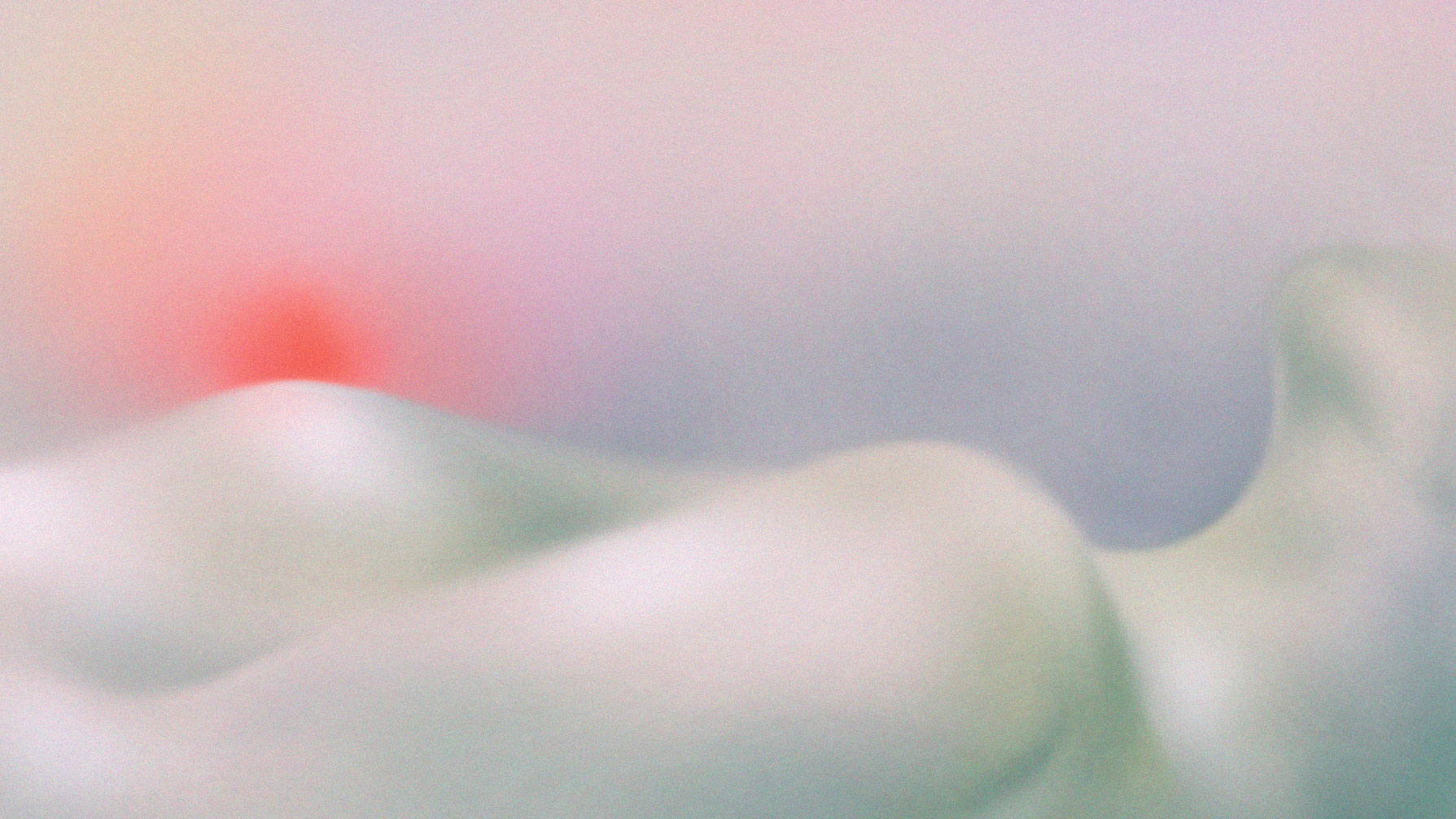
Throughout history, those with artistic careers have discussed shut-eye as both an inspirational force and an inspiration-sapping foe. Yet as most of us are all too aware, sleep is vital for brain functions including how neurons (brain cells) communicate with one another, as well as impacting the heart, lungs, metabolism, immune function, mood and disease resistance.
Numerous studies have shown that a chronic lack of good-quality sleep increases the risk of disorders including high blood pressure, cardiovascular disease, diabetes, depression and obesity, according to The National Institute of Neurological Disorders and Stroke. Sleep is vital for staying alive... and vital for staying creative, too.
This post explores how sleep – or the lack of it – and creative minds have a fractious, if fascinating relationship. Experts reveal how we can harness slumber to optimise its impact on creativity. And, to get yourself relaxed enough to sleep, see our pick of the best mindfulness apps in 2020.
Are creatives more prone to poor sleep?
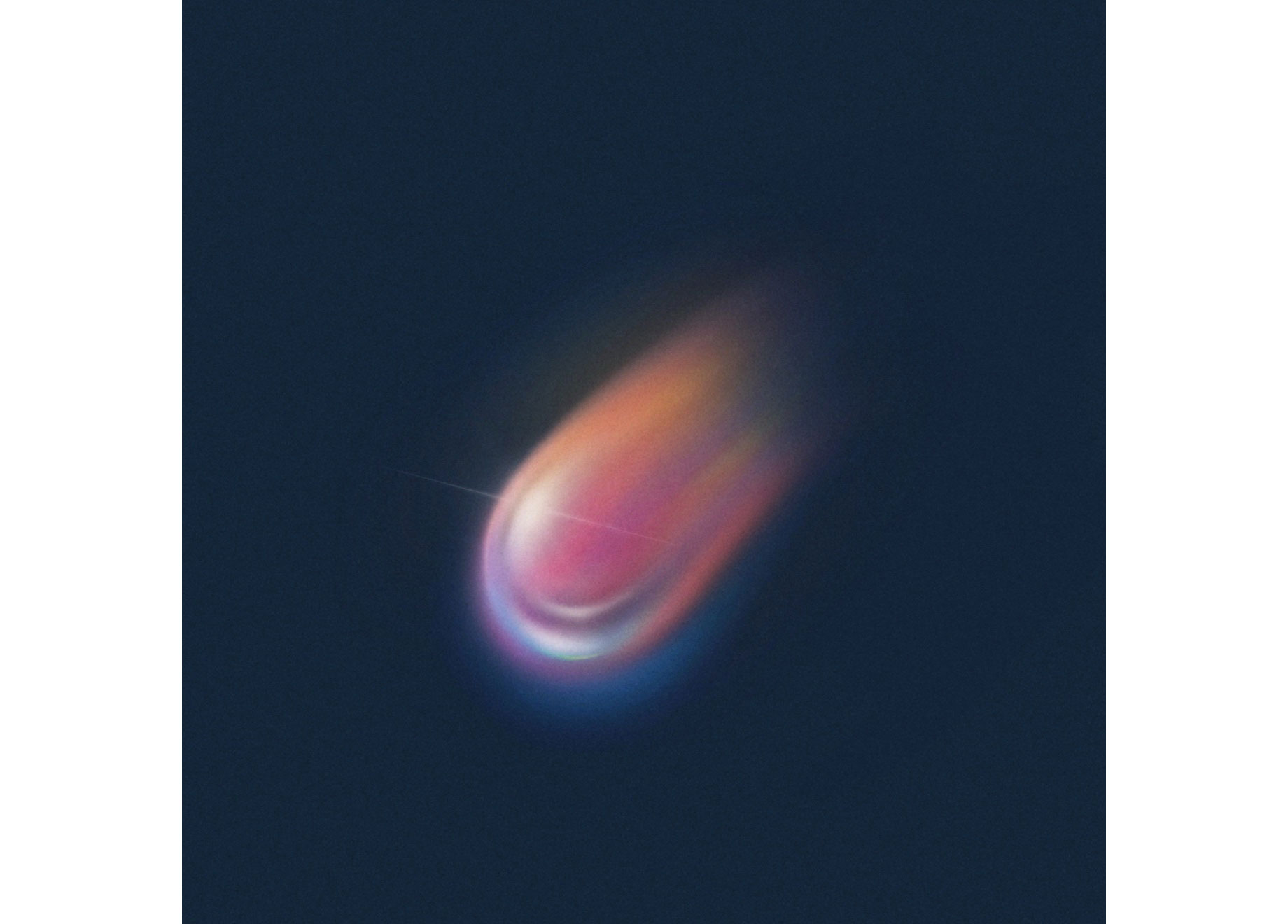
While brand designer-turned-artist Shuhua Xiong acknowledges that most people will encounter insomnia at some point in their lives, she does feel that it might be more prevalent in creative types due to their tendency to "overly analyse and reflect. It's part of our livelihood," Xiong says. "Life and work can be mashed up sometimes. Many great artists in history have insomnia, like Vincent Van Gogh and Louis Bourgeois. So you're definitely not alone! For me I find that the limbo between asleep and awake is my raw consciousness. It's liberating to wander and get lost in my own mind."
The findings of sleep studies
In 2017, University of Haifa researchers compared art students and social science students, finding that art students slept for longer, but that "visually creative people reported disturbed sleep leading to difficulties in daytime functioning," wrote one of the study's authors, Neta Ram-Vlasov, of the Graduate School of Creative Art Therapies.
The study's subjects took visual and verbal creativity tests (however, we'd take the view that "measuring" how creative someone is must be an inexact science); recorded their sleep in a diary; and had electrophysiological sleep recordings taken as they slept using a wrist activity monitor. Those with higher levels of visual creativity were found to have lower-quality sleep, despite the fact that art students slept more. "It's possible that a 'surplus' of visual creativity makes the individual more alert, and this could lead to sleep disturbances," the researchers theorised.
Another study, this time from the University of California in San Diego, indicated that the four or five periods of REM sleep we experience at night (which typically last for 90-120 minutes each), enhance our creative processing more than any other sleep or waking state.
Get the Creative Bloq Newsletter
Daily design news, reviews, how-tos and more, as picked by the editors.
If we're to believe this, it makes it all the more infuriating that so many creative types suffer with insomnia, whatever their age: Dr Dione Healey of University of Otago's Department of Psychology and Mark Runco, a scholar in creativity and cognitive psychology, published an article titled Could Creativity Be Associated With Insomnia? They found that young children deemed to be highly creative suffered more sleep disturbances and went to bed later than others their age.
Why is insomnia more common in those who are more creative?
Many suggest that insomnia is more common in those who are more creative because their brains are highly active, and less likely to find it easy to switch off from an influx of ideas to take the time to rest. It stands to reason that the same cognitive sparks which ignite creativity keep it burning once the bedroom light goes off.
Bedtime for many is becoming increasingly late. Creative agency workers in particular often feel obliged to work far beyond the hours of nine to five. That's before we even get to the recent-ish trend that leaves many feeling they ought to have a creative 'side-hustle' outside of their day job, or the difficulty many freelancers face in being able to switch off and stop working in what can feel like a precarious industry. However, this once-deliberate burning of the midnight oil can often tip into involuntary sleeplessness.
Read on for expert tips for optimising your creativity using sleep...
01. Change your practice
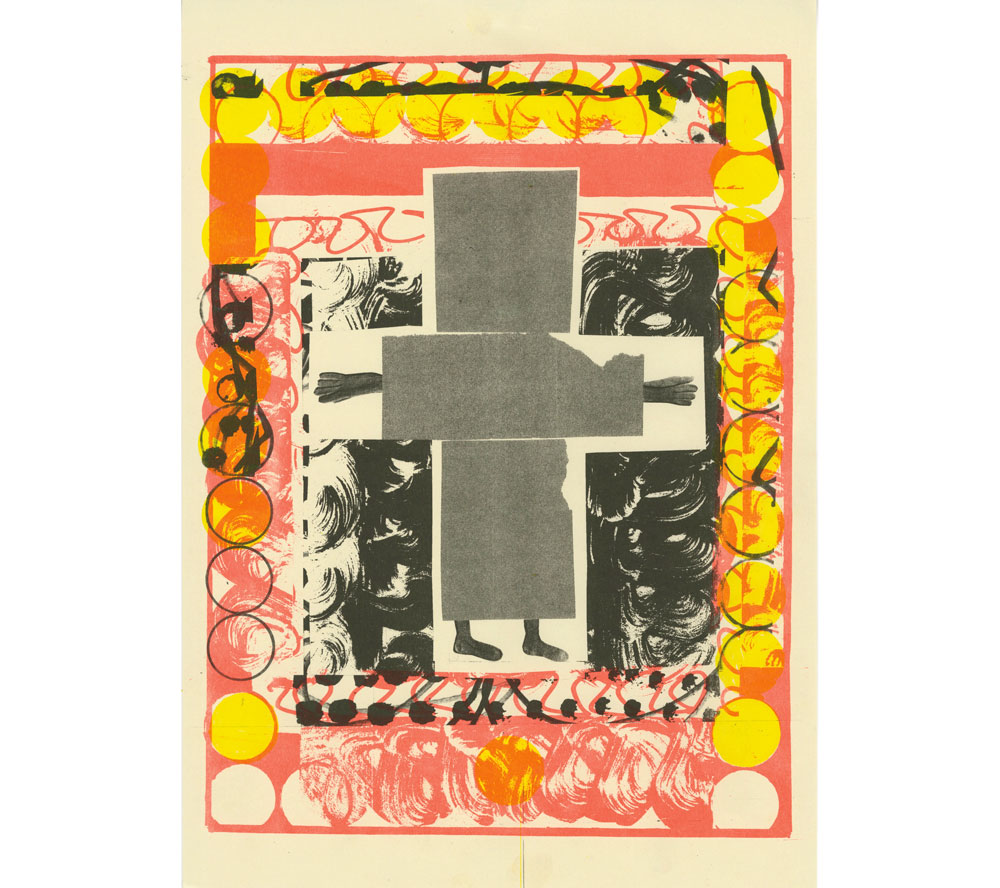
George Douglas, an illustrator and artist based in Glasgow, was affected by sleep difficulties on and off for most of his adult life. However, for the past two years he's finally been able to enjoy a good night's rest, although it's taken a lot of work and discipline. Douglas has changed his diet, ensures he exercises daily, and always wakes up at 8am, even on weekends or when he's had a late night. His sleep patterns were also aided by a change in his part-time job working as a carer, moving from shift work to set hours.
In early 2017 Douglas staged an exhibition of Risograph works called Contents Insurance that explored his intermittent bouts of sleeplessness. "The show featured a personal symbolism to express the challenges and frustrations of sleeplessness," Douglas explained shortly after the show. "Figures dressed in gloves and socks represent the sensory deprivation. These figures appear to exist somewhere between lying down and standing up, living in a state that isn't sleeping but isn't completely awake either."
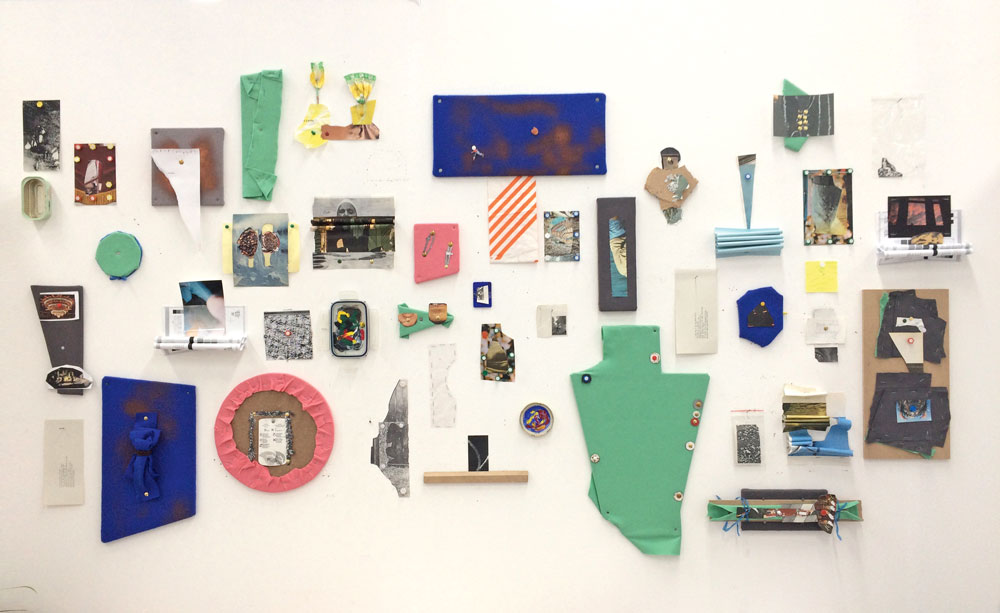
Many of the images and texts for the show were written late at night when Douglas couldn't sleep, "but a lot of it was also composed in the studio in the clear light of day, which was a really healthy process – an exorcism of sorts – making my sleeplessness less of a lonely battle, and less agonisingly private."
Speaking to us in 2020, he says that since both, changing his practice (he's now studying his fine art MA) and having drastically improved his sleep, he would be very unlikely to make such personal work again. "Back then, I making so much work throughout the night. But I think that now, if I had a physiological problem I wouldn't tackle it by making art. Three years ago, I would intellectualise the problem or try and express or understand it better creatively. The work I make now is less personal: I can step out of myself and be confused about the world around me, rather than expressing what I'm confused about within me. But when you have it, insomnia is just so all-consuming, you can't really ignore it."
02. Don't fight insomnia, "just roll with it"
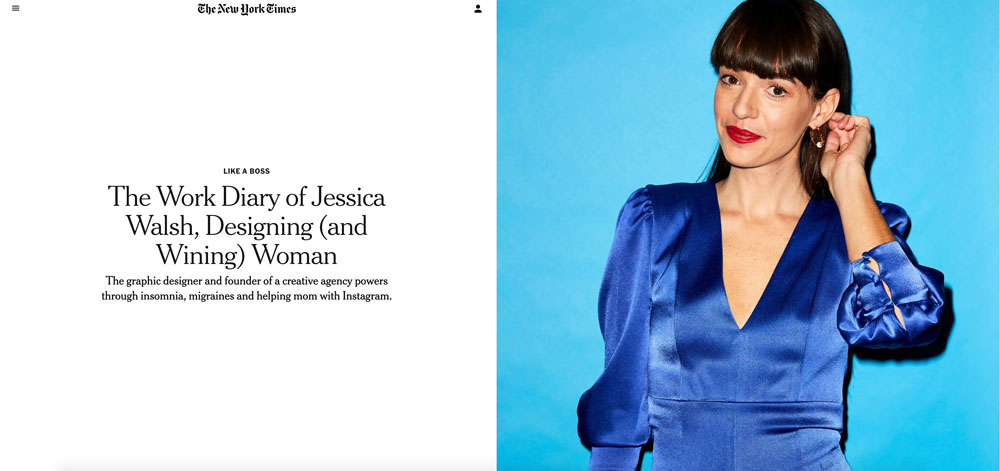
In a work diary piece published on The New York Times site in January this year, Jessica Walsh admitted to bouts of insomnia, although from what she writes this seems to be mostly attributed to her having drunk 10 cups of tea in a day that weren't caffeine- free, as she'd thought, on top of four cups of coffee that morning.
She wrote that while she "used to get stressed about insomnia", she's now found it best just to "roll with it", and uses the time she spends awake at night "looking at real estate listings for our new studio space" and scrolling Instagram for news, keeping up to date on artists and activists she follows and sometimes looking for new talent for &Walsh, the New York City studio that she founded last year.
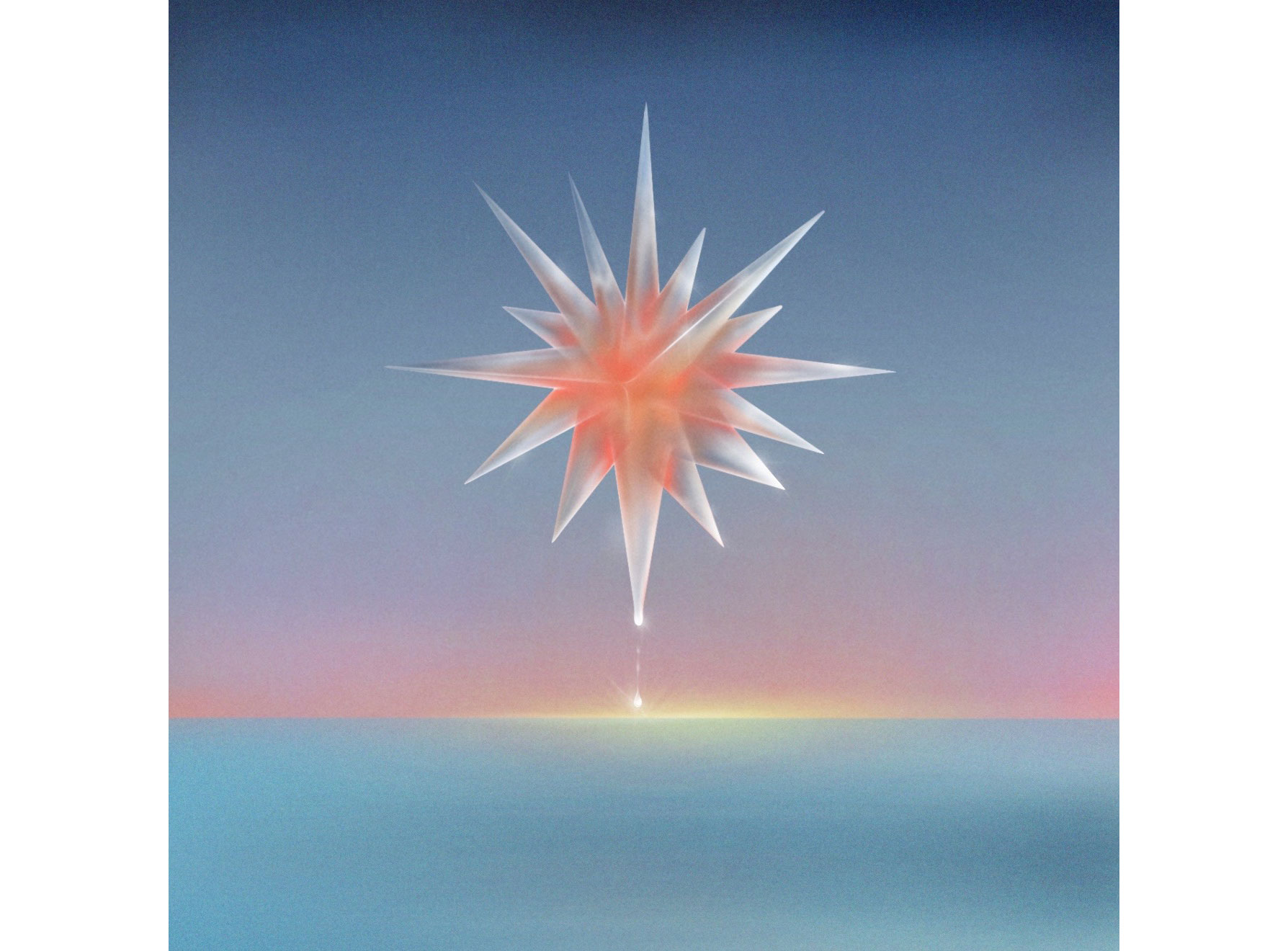
Xiong describes insomnia as "both physically and mentally draining, if you don't deal with it right. I also think there's always a root to insomnia. It's a signal from your body." A few years back, she went through a "very bad" phase of insomnia. She tried everything from melatonin, to lavender tea, a no-phone- before-bed rule, yoga and meditation but, she says, "nothing helped".
Like Walsh, after a while Xiong gave up and ended up putting those sleepless nights to use. "I would get up and walk outside when I was living alone. It's very nice out at around 3 or 4am," she says. That stressful insomnia period also proved to be a turning point in her career. "That's when I picked up drawing again. I painted a horizon with a flat black foreground one night at dawn. Around then I was given an old iPad that had the Procreate painting app installed on it. I started drawing digitally under my blanket."
03. Know everyone's sleep needs are different
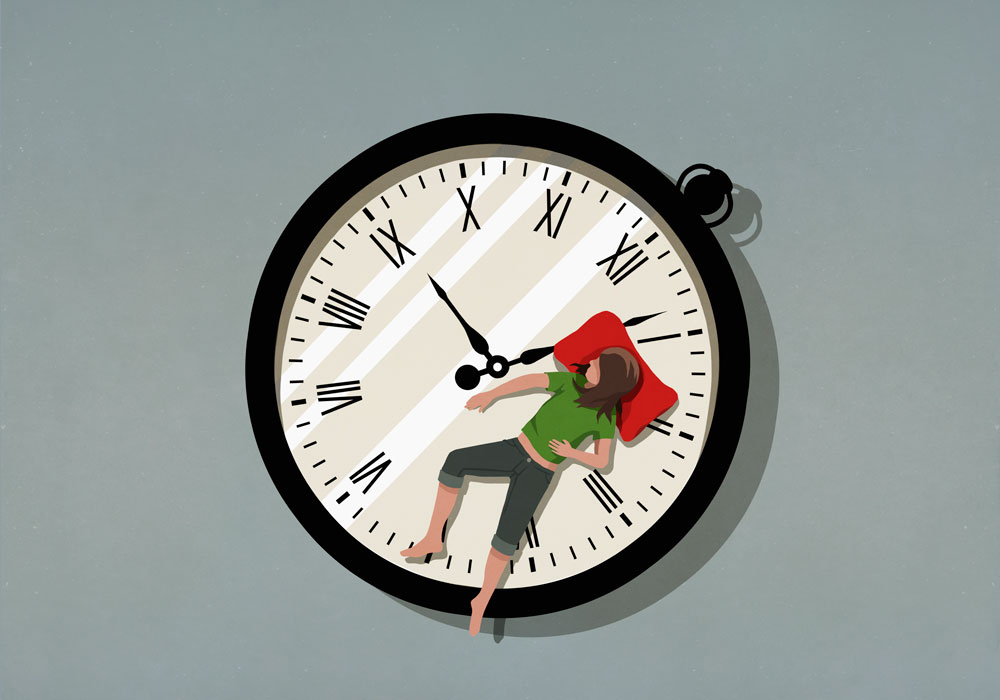
Sleep experts agree that the amount of sleep people need is different for everyone, but Penny Lewis, a professor in the School of Psychology at Cardiff University, says that a simple measure is that if you don't feel tired, you're getting enough sleep – whether that's eight hours, 10 hours, or for a small minority, as little as five or six. The key aspect is sleep regularity: make sure you go to bed and wake up at the same time every day.
"Some people may be 'night owls' and there's nothing wrong with that," Lewis says, but warns that particular unusual hours – say, going to bed at 5am and waking at 1pm, even if that's every day – could lead to depression and social problems.
How much sleep we need and our sleep patterns also vary throughout our lives. School-age children and teens need an average of about 9.5 hours and adults between seven and nine hours each night, while those over 60 tend to have shorter, lighter, more interrupted sleep. Dr Eric Maisel focuses much of his work on the nature of creativity. "It's a cliché, but sleep is really important, especially for creative people who are often in a semi-manic state," Maisel says. "If we start to obsess about our work we can get racing thoughts and veer on the manic side, and the best home remedy for mania is getting enough sleep."
04. Use the science of sleep to boost creativity
Many people report that their most productive hours – when they come up with the best ideas – are those first thing in the morning. This makes sense on a practical level: you're less likely to be distracted by a rapidly filling inbox, clock- watching, or getting into a panic about encroaching deadlines. But it also makes sense from a sleep science perspective. REM sleep cycles – the phase where we dream; the brain forms new associations, memories and connections; and the eyes and body still have some movement – are longer in the second half of the night than the first.
University of San Diego researchers found that comparing three groups – one which rested but didn't sleep, one which slept but was awoken before reaching the REM cycle and one which continued into REM sleep – saw the final group far outperform the others in creative tasks.
The study indicated that the four or five periods of REM sleep we experience at night (which typically last for between 90 and 120 minutes each), enhance our creative processing more than any other sleep or waking state. REM sleep appears to help achieve creative solutions by stimulating associative networks, "allowing the brain to make new and useful associations between unrelated ideas," wrote Dr Sara Mednick, assistant professor of psychiatry, who conducted the study.
Things like finger-tapping tasks, such as playing the piano, are strengthened across sleep by about 20 per cent and even more so across other nights.
Dr Sara Mednick
Lewis' work primarily focuses on off-line learning during sleep and wakefulness. Much of her research investigates brain plasticity and the changes occurring while a memory is not being encoded, practised or recalled when we're both asleep and awake. This includes investigating what happens when we sleep to those things we've learned during the day.
"Things like finger-tapping tasks, such as playing the piano, are strengthened across sleep by about 20 per cent and even more so across other nights," she says, adding that the same applies to "memories that don't involve muscles at all," such as remembering a list of words.
For creatives, these findings should be particularly piquant. "Sleep doesn't just impact how memories are formed, but how we form links between those memories," Lewis says. "Creativity is all about forming new links out of sets of information, and pulling out or integrating things in novel ways. There's a lot of work investigating how those are formed during sleep."
The studies used to measure such things usually involve tests that see subjects carry out tasks such as tapping out a sequence of word pairs; and using electrodes applied to people's scalps to measure neural oscillations during the various stages of REM and non-REM sleep to predict the memory benefits of each type of sleep and its duration. The main hypothesis of Lewis' current work is that "key memories are neurally reinstated in sleep states, so the brain is actively replaying patterns that we experience when we're awake," she explains. "These are spontaneously reactivated during sleep, so there's work taking place that's trying to understand how this relates to brain oscillations and if we can actually control or trigger those reactivations."
05. Solve a creative problem while asleep
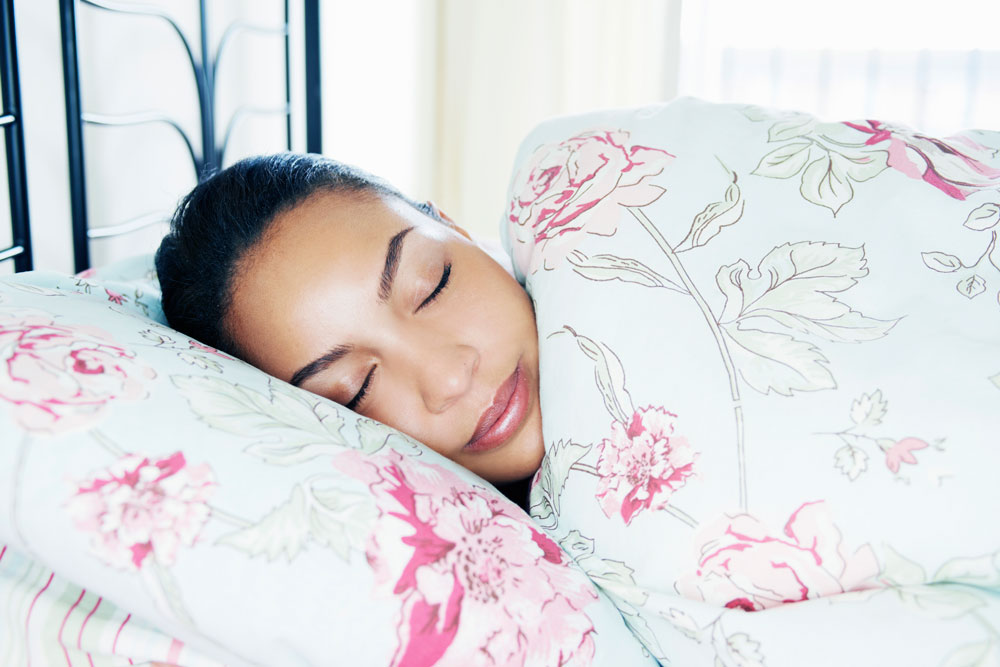
What's interesting about Maisel's ideas around sleep is that it isn't the dream- state so often associated with creative thought that's the most powerful, but the brain's ability to actually think through creative problems while we sleep. He says that it's easily possible to "double or triple your creative thinking or creative output by realising you think while you sleep".
Maisel advises going to bed with a specific problem in mind, such as how two characters in a narrative might next interact. The brain, he says, takes this prompt and mulls it over as you sleep, meaning you can simply "take dictation" of the solution on waking. This means it's crucial to turn to the work in hand first thing: "If you don't do that then the mind just organises itself around the new day," he says.
"It's a simple idea, but a very potent one. If you go right to your work first thing you get three huge benefits: the ability to use your sleep thinking; you get a lot of work done by virtue of just showing up; and finally there's the existential benefit of having achieved the creative work early, you get more meaning from the rest of the day."
For those who struggle to get to sleep, this might seem like a daunting – if not daft – prospect. Surely you're even less likely to drop off if you're lying in bed problem-solving? The key is to reframe whatever creative block you're having. "If you go to bed with a 'wonder' rather than a 'worry' about some creative problem, your brain will run with that.
It won't keep you up all night saying, 'Hey, sleeping mind, go to work!'" says Maisel. "People don't understand that they're missing the opportunity to work on creative projects while they sleep. We've spent so much time looking into dreaming, we've ignored our power to think while we sleep, and all it takes is going to bed in a certain way."
06. Prioritise sleep for health and creativity
The increasingly prevalent 'always-on' culture is dangerous, and it's fair to say many agencies push this culture in their demanding working hours. For freelancers, the fact that we can now check emails, deal with clients and make revisions outside of working hours, or traditional dedicated working spaces, isn't exactly conducive to nourishing sleep, when we can do all those things whenever and wherever, and across different time zones.
It's important to have a routine, and one that prioritises rest and sleep, as well as being firm with clients that are prone to making unreasonable demands: not expecting responses at the end of the work day, or in the middle of night, for instance, and being mindful when working with someone in a different time zone. If you can afford one, an agent can be a great mediator when client demands become too much.
The same goes for demands on yourself. Treat yourself as you would your friends, and make sure your health, and sleep health, come first – before work, design school, 'side hustles' and so on. Technology is obviously a wonderful thing that's transformed the way creatives work, but it's also made us restless, and less likely to give in to the very things that make people creative, like daydreaming or just looking at the world around us.
Ideas don't switch off when the lights do, but it's vital to get shut-eye, and to prioritise it. As the experts we've spoken to have proven, sleep is not only essential to remain healthy, but to remain creative. If you don't have mental energy and clarity, it won't just be hard to get the work done – it'll be nigh-on impossible to play, experiment, think in new ways and deal with stress.
This article originally appeared in Computer Arts magazine.
Read more:

Thank you for reading 5 articles this month* Join now for unlimited access
Enjoy your first month for just £1 / $1 / €1
*Read 5 free articles per month without a subscription

Join now for unlimited access
Try first month for just £1 / $1 / €1
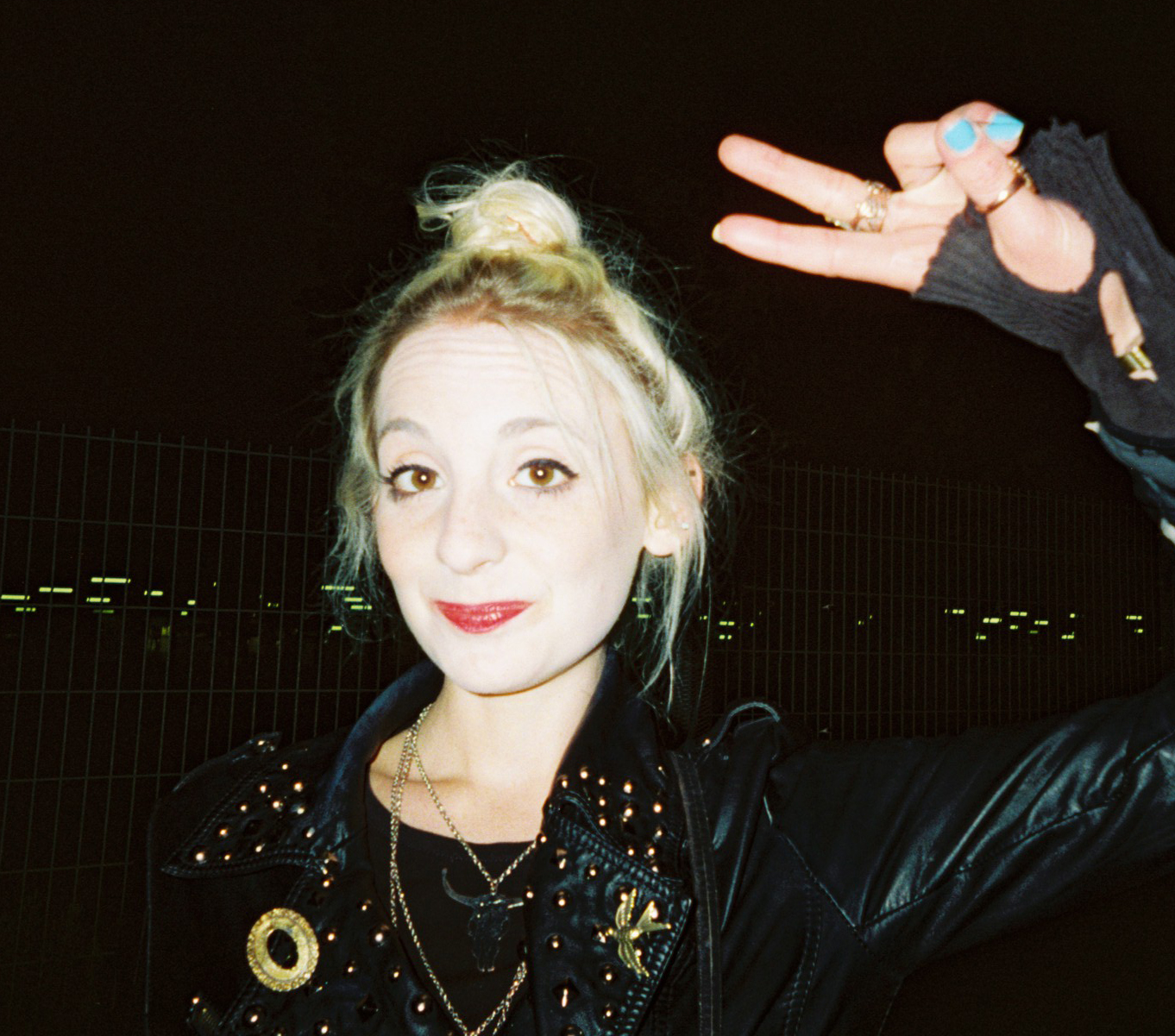
Emily Gosling is a freelance art and design journalist currently writing for titles including Creative Review, Eye on Design, Creative Boom and People of Print. She’s previously worked at Elephant magazine, It’s Nice That and Design Week, and was editor of Type Notes magazine. Her book Creative Minds Don’t Think Alike was published by Ilex Press in 2018, and she also plays bass as one-quarter of the eight-titted beast, Superstation Twatville.
